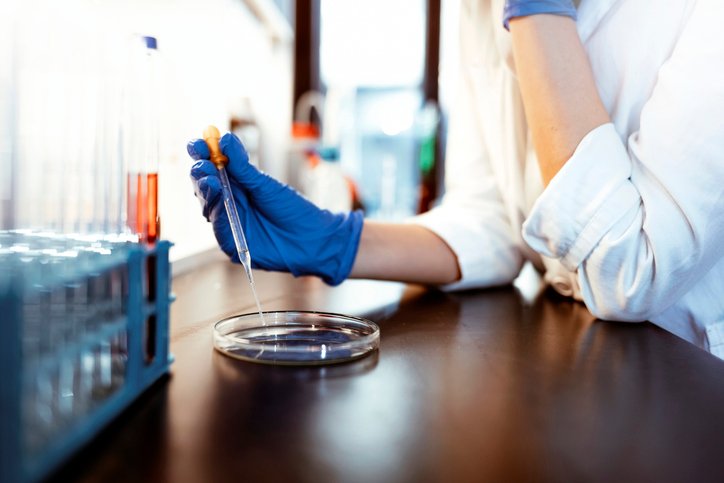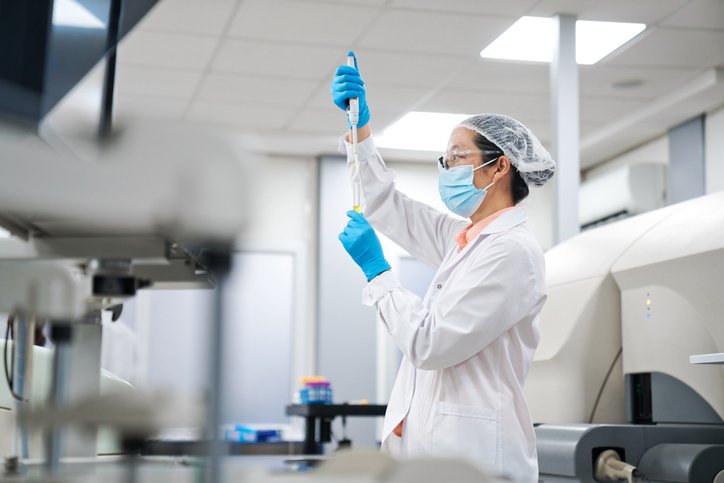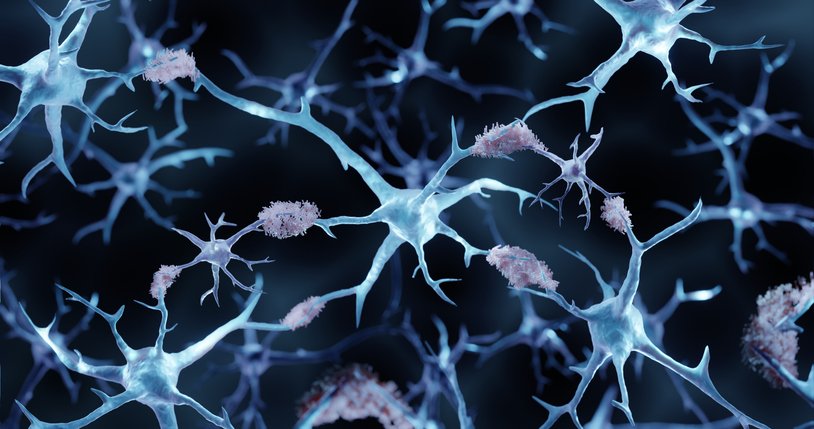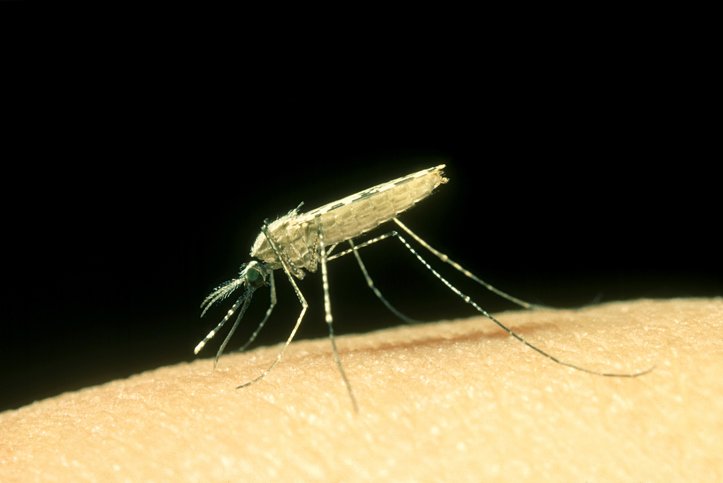Antimicrobial resistance studies often focus on individual protein variants, neglecting broader protein family dynamics. Dihydrofolate reductase (DHFR), a key antibiotic target, has been extensively studied using deep mutational scanning, yet resistance mechanisms across this diverse protein family remain poorly understood.
Now, researchers in the department of bioengineering, Phil and Penny Knight Campus for Accelerating Scientific Input, University of Oregon, say they have a technology that creates massive, high-quality biological datasets at quick speed and scale. They just published their study “Exploring antibiotic resistance in diverse homologs of the dihydrofolate reductase protein family through broad mutational scanning” in Science Advances.
“We developed a synthetic metagenomics approach utilizing DropSynth, a scalable gene synthesis platform, to construct a phylogenetically diverse library of 1,536 DHFR homologs. These sequences, primarily derived from host-associated metagenomes, represent 759 bacterial species, including many clinically relevant pathogens,” write the investigators.
![University of Oregon researchers say that DropSynth technology enables scalable, and cost-effective exploration of antibiotic resistance across the DHFR protein family. [Department of Bioengineering/University of Oregon]](https://www.genengnews.com/wp-content/uploads/2025/08/Oregon-research-1024x327.jpg)
“A multiplexed in vivo assay tested their ability to restore metabolic function and confer trimethoprim resistance in an Escherichia coli ∆folA strain. Half of the synthetic homologs rescued the phenotype without supplementation and mutant variants with up to five amino acid substitutions increased rescue rates to 90%, highlighting DHFR’s evolutionary resilience.
“Broad mutational scanning of DHFR homologs and 100,000 mutants revealed key insights into fitness and resistance, offering the most comprehensive analysis of complementation and inhibitor tolerance to date.”
“DropSynth allowed us to generate ~1,500 genes, identifying genetic factors driving antimicrobial resistance across microbes. This revealed sensitive regions of DHFR, at a fraction of traditional costs,” Karl Romanowicz, PhD, lead author and postdoctoral scholar, Plesa lab, department of bioengineering, Phil and Penny Knight Campus for Accelerating Scientific Input, University of Oregon, told GEN.
“Beyond antimicrobial resistance, this technology could transform research in cancer genes, viral evolution, and protein design,” he continued. “Importantly, DropSynth generates vast biological datasets for training powerful machine learning systems, addressing a critical bottleneck in using AI for drug development and combating disease resistance.”
The post Synthetic Metagenomic Method Uncovers Genetic Drivers of Antimicrobial Resistance appeared first on GEN – Genetic Engineering and Biotechnology News.




